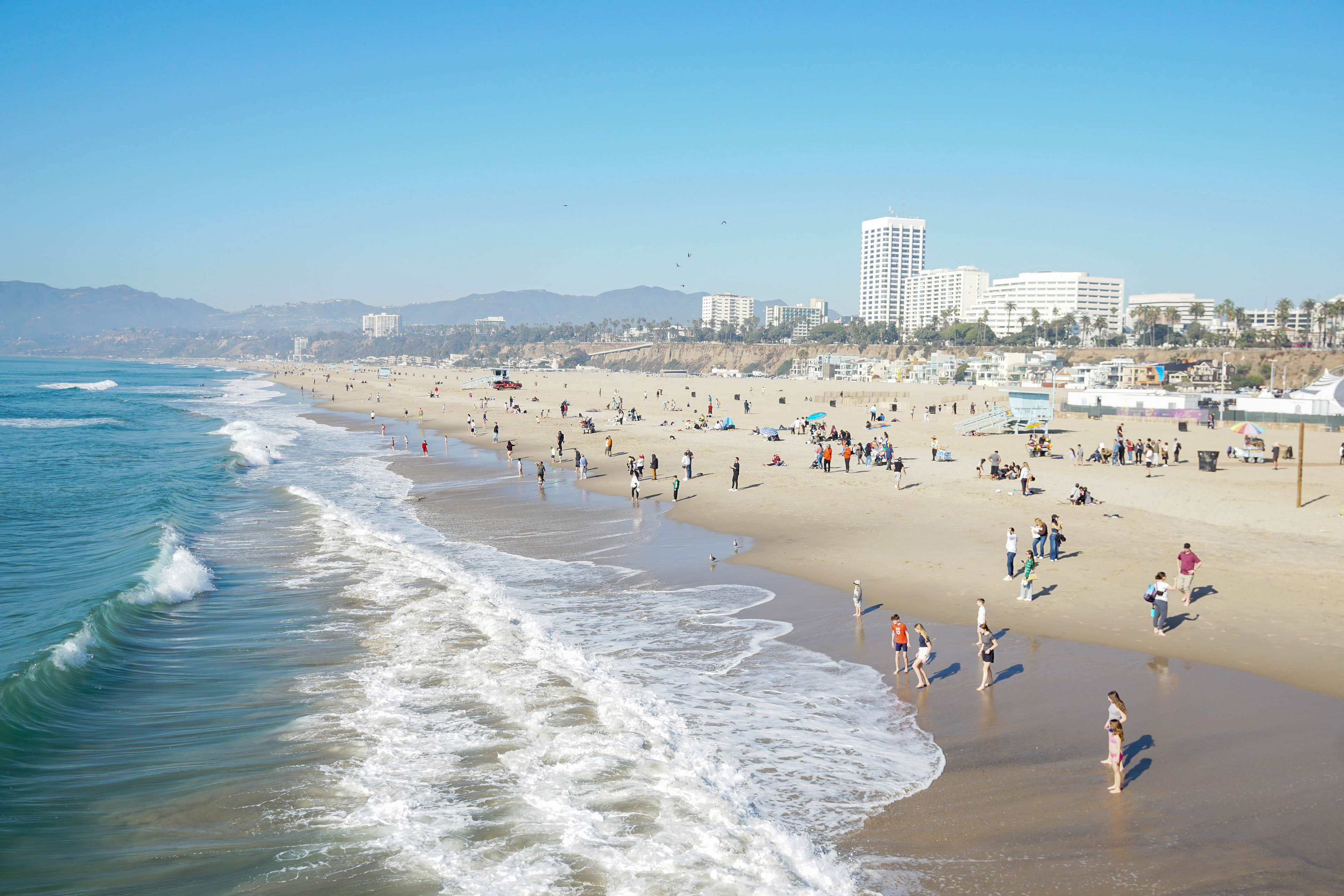Jul 3rd, 2025
Is It Safe to Swim? How Beaches Stay Clean and Monitored

By: Nichole Fandino
When you head to the beach, you probably check the weather, pack sunscreen, and maybe glance at the surf report. But behind the scenes, a network of environmental regulations and monitoring programs works every day to protect swimmers from harmful pollution.
The first line of defense comes from laws like the federal Clean Water Act, which sets nationwide goals to protect and restore the integrity of our waters. Under the Act, states must establish water quality standards that define the conditions necessary to support uses like swimming, fishing, and wildlife habitat. These standards include limits on pollutants and require states to monitor, assess, and report whether those standards are being met.
In California, the State Water Resources Control Board and the nine Regional Water Quality Control Boards oversee coastal water quality programs and set the standards that protect public health. Water quality data—like bacteria levels used to assess whether it’s safe to swim—is collected and reported through a network of agencies and monitoring programs operating under this framework.
When test results show elevated bacterial levels, local health departments issue advisories or beach closures depending on the source and severity of contamination. An advisory is typically issued when routine water testing detects bacteria levels that exceed state standards, often after rainstorms that wash pollutants into the ocean. A closure, on the other hand, is triggered by a confirmed sewage spill or other direct contamination event and remains in place until follow-up testing confirms that the water is safe.
For example, in July 2024, the Los Angeles County Department of Public Health issued multiple beach advisories due to elevated bacteria levels following summer storms. That same month, a 15,000-gallon sewage spill near Marina del Rey led to the temporary closure of Venice and Dockweiler beaches until water quality met safety standards again.
While the government collects and publishes this data, most beachgoers don’t have the time or expertise to analyze lab reports before deciding whether to swim. One example of how this information is made more accessible is the Beach Report Card, a tool developed by the nonprofit Heal the Bay. The program takes publicly available water quality data and converts it into simple, easy-to-understand letter grades—A through F—based on recent bacteria sampling results. An A generally means the water is considered safe for swimming, while lower grades signal a higher risk of contamination. The interactive map allows users to search by beach name or region to check current conditions.
The Beach Report Card is updated weekly, and in some locations, daily, depending on the beach and time of year. Heal the Bay monitors more than 500 beaches along California’s coastline, making it one of the most comprehensive ongoing assessments of beach water quality in the state. For some beaches, Heal the Bay also offers a NowCast system, which uses real-time predictive models that factor in weather, wave conditions, and historical data to forecast daily water quality.
Bacteria levels can spike quickly after heavy rains, sewage spills, or during periods of high urban runoff—even on seemingly clear days. Without continuous monitoring, these invisible risks could easily go undetected, putting swimmers at unnecessary risk. Thanks to strong environmental regulations—and the work of organizations like Heal the Bay—beachgoers can check current conditions online or through mobile apps before heading into the water.
Another way to find this information—especially if you want to double-check a specific location—is to visit the public health websites maintained by the counties:
- For beaches in Los Angeles County, you can view advisories and closures at publichealth.lacounty.gov/beach or call the hotline at 18005255662.
- For beaches in Orange County, visit ocbeachinfo.com or call the Orange County Health Care Agency at 7144336400.
Most people don’t think twice about water quality before heading to the beach—but it’s easy to make it part of your routine. A quick check can offer peace of mind and help ensure your beach day is as safe as it is fun.